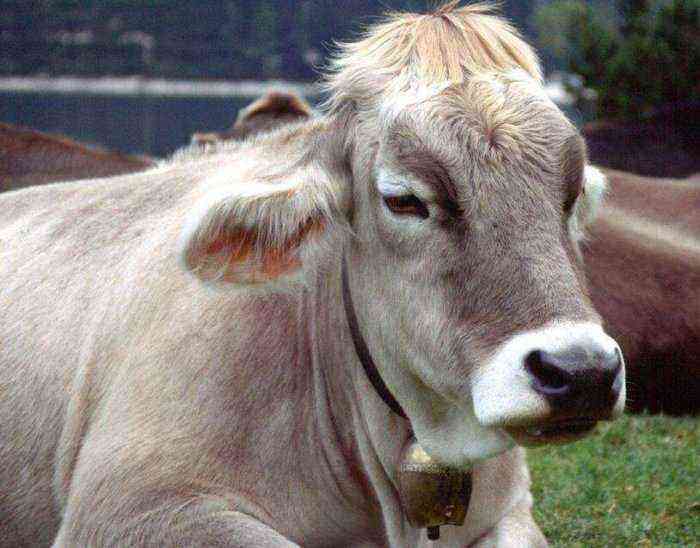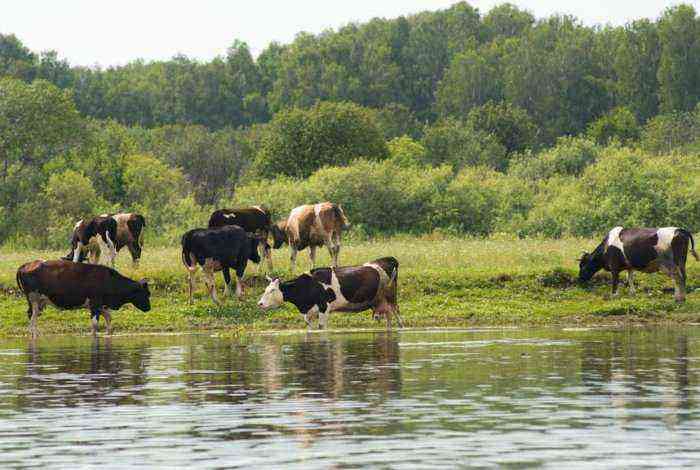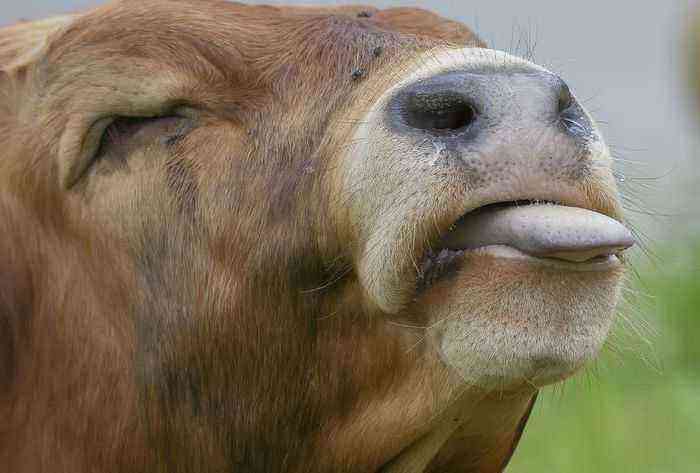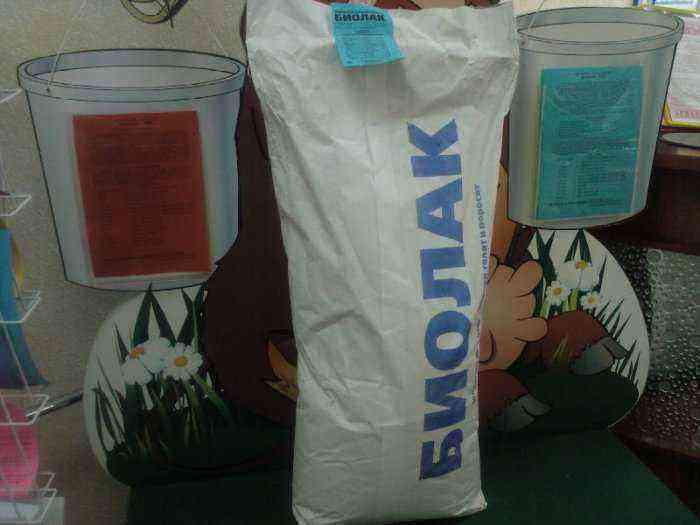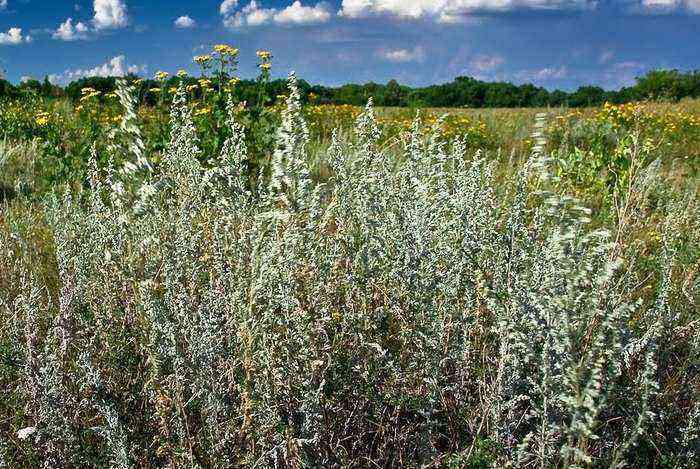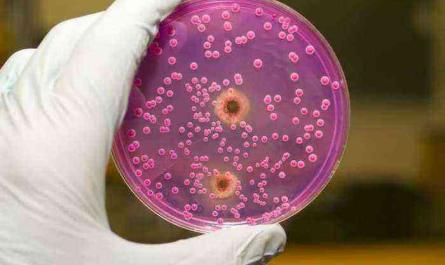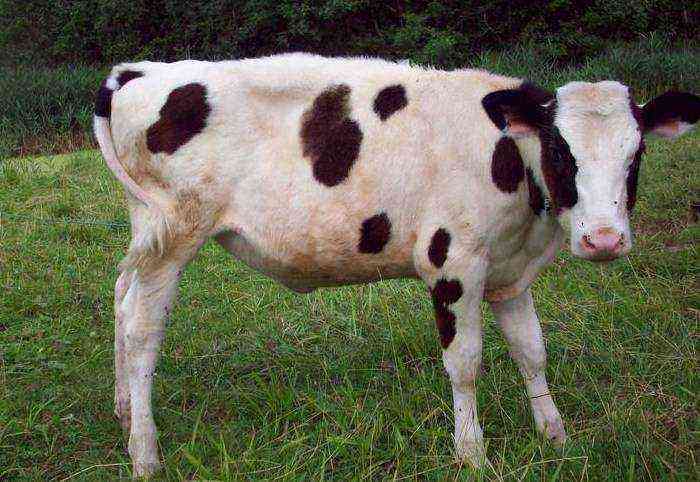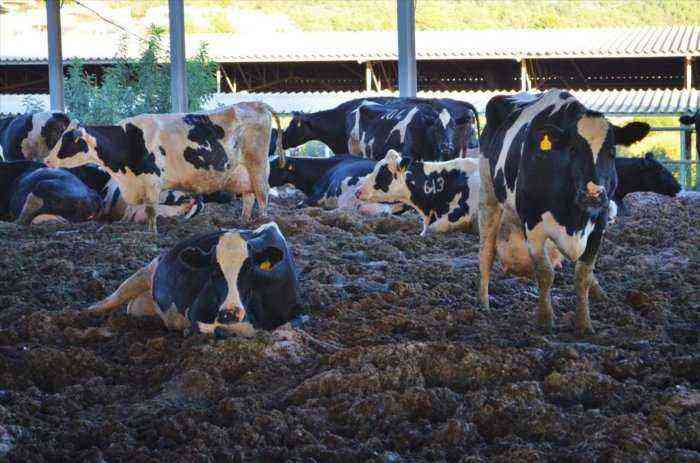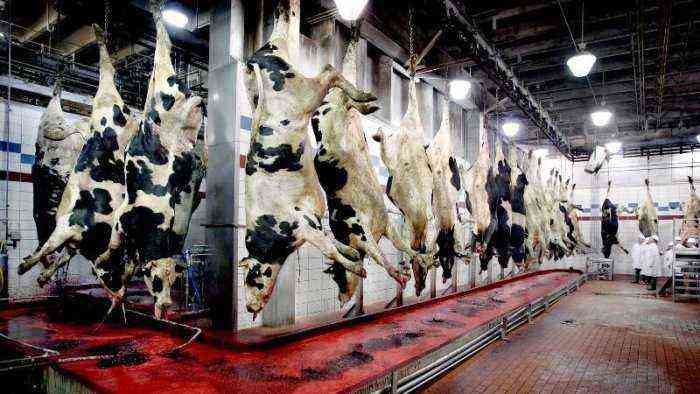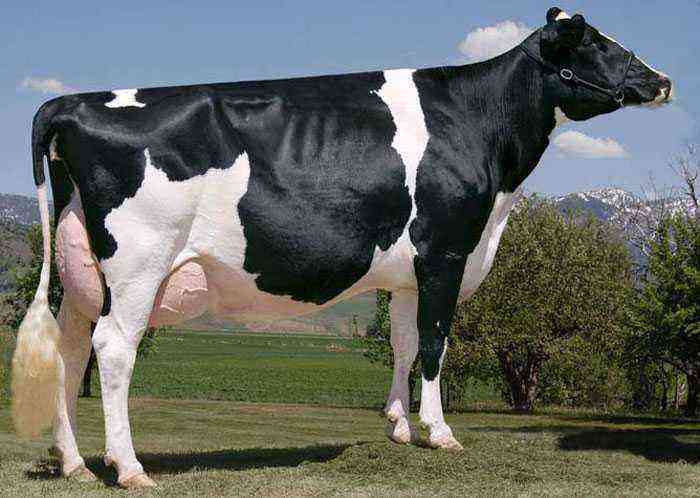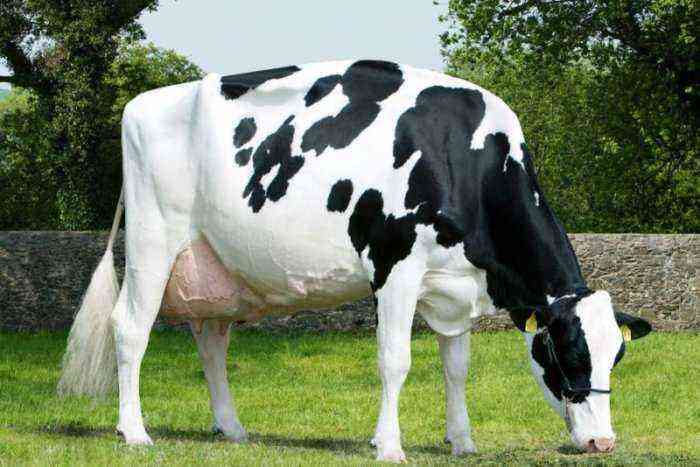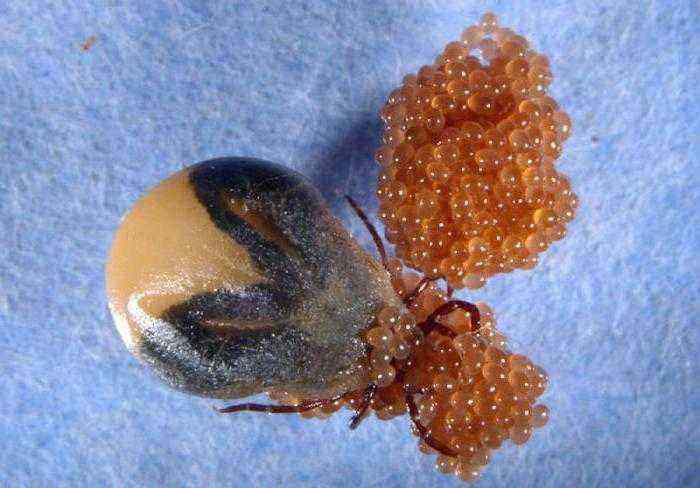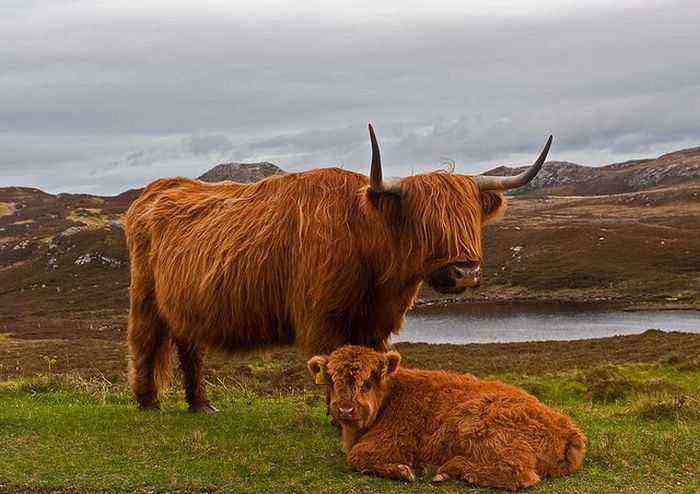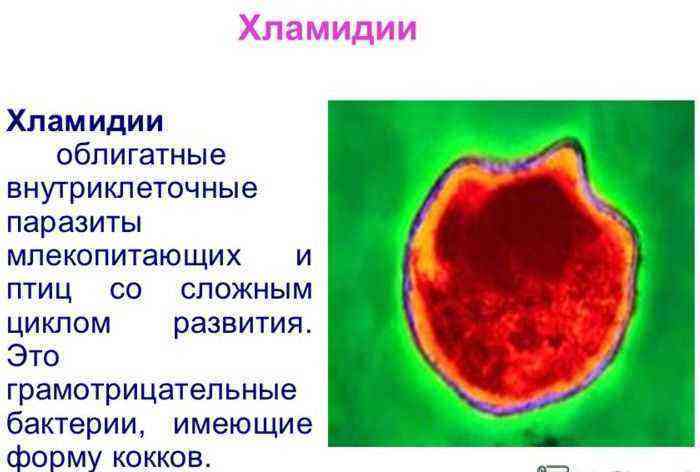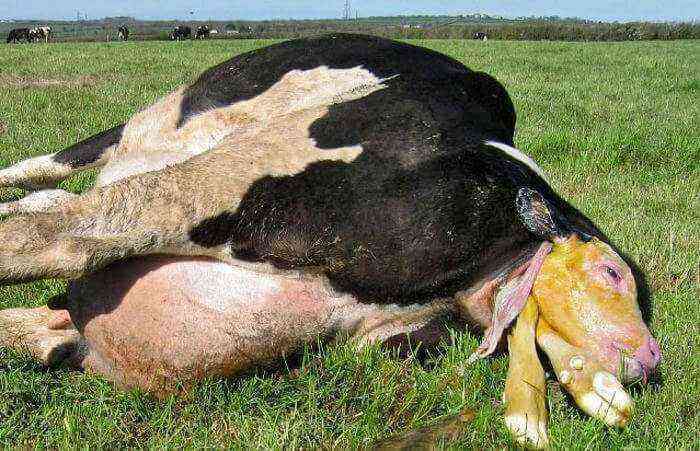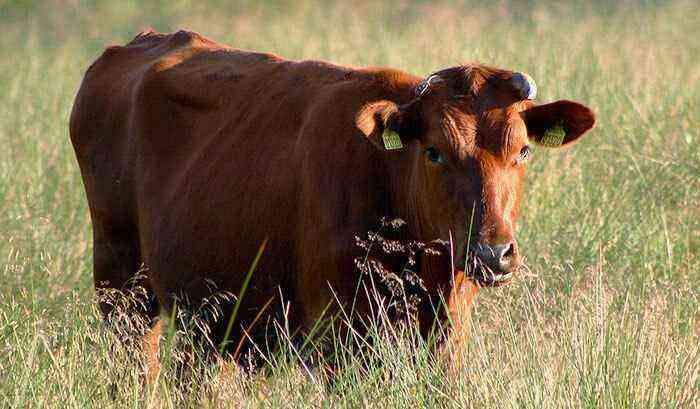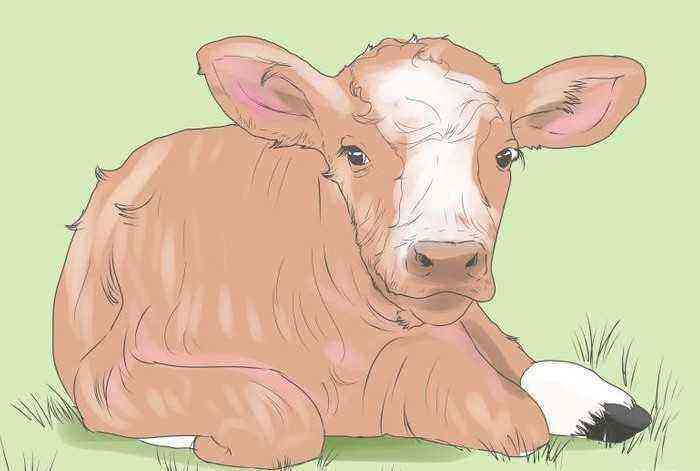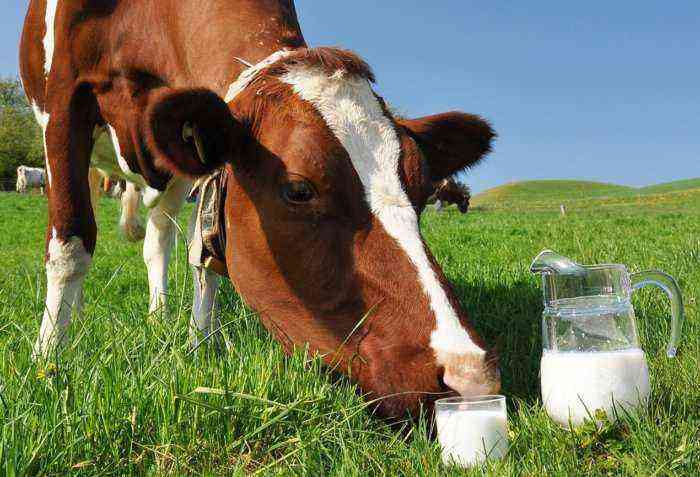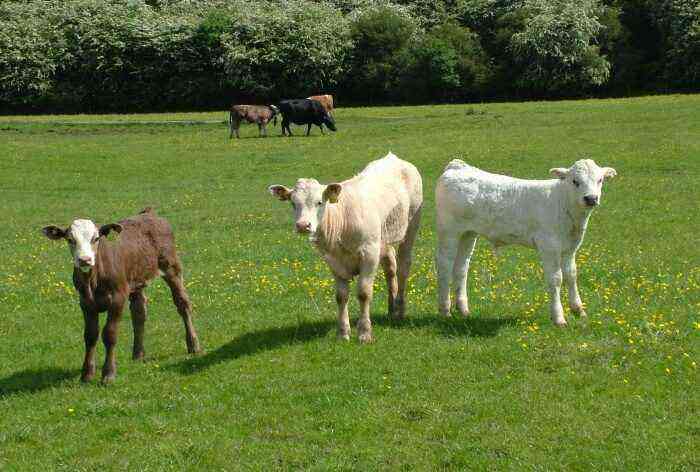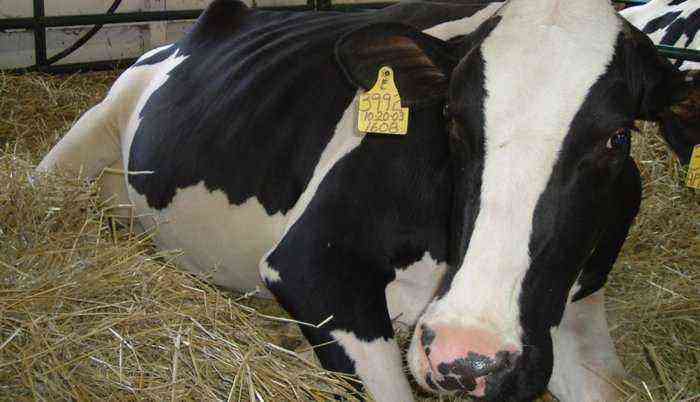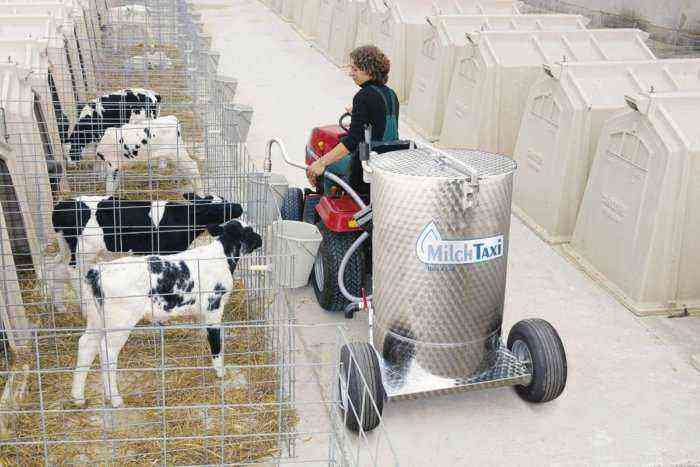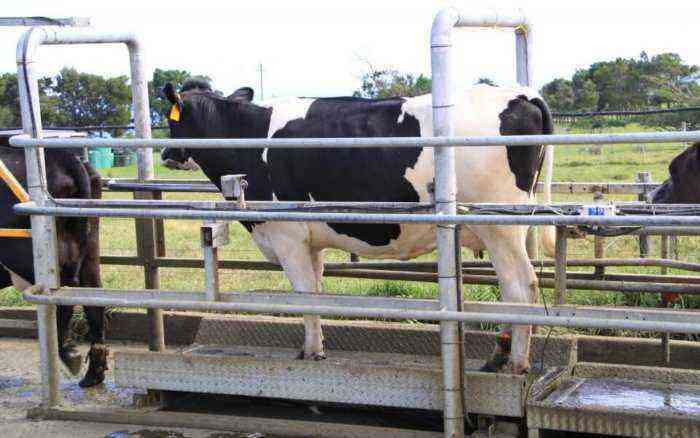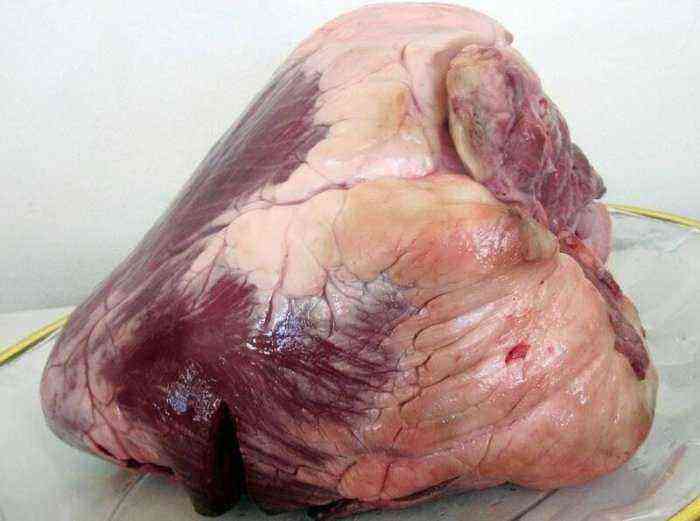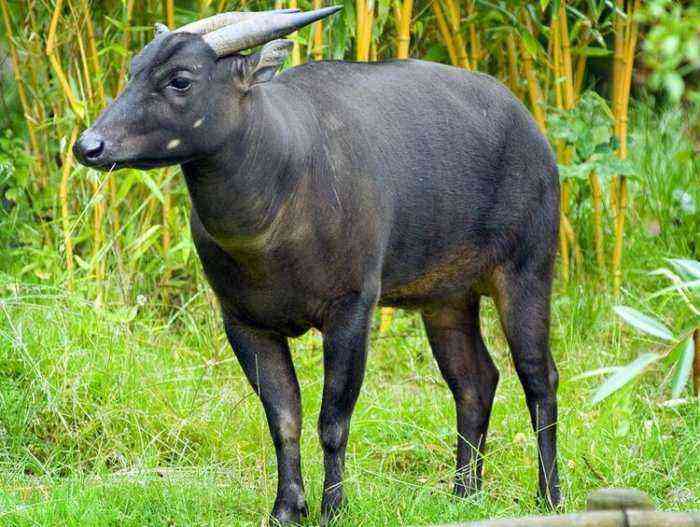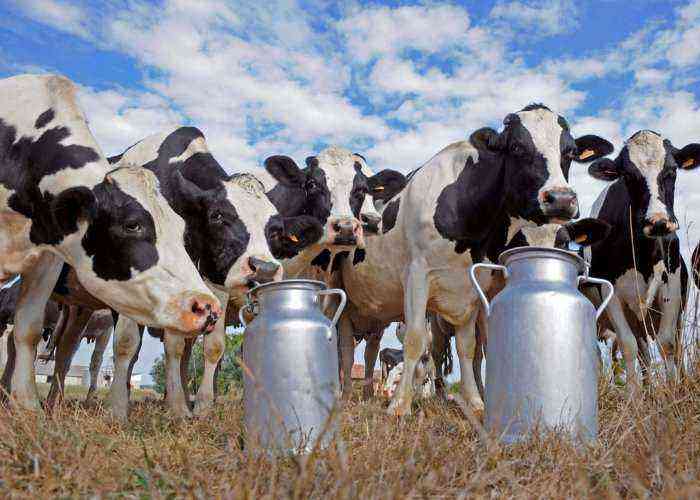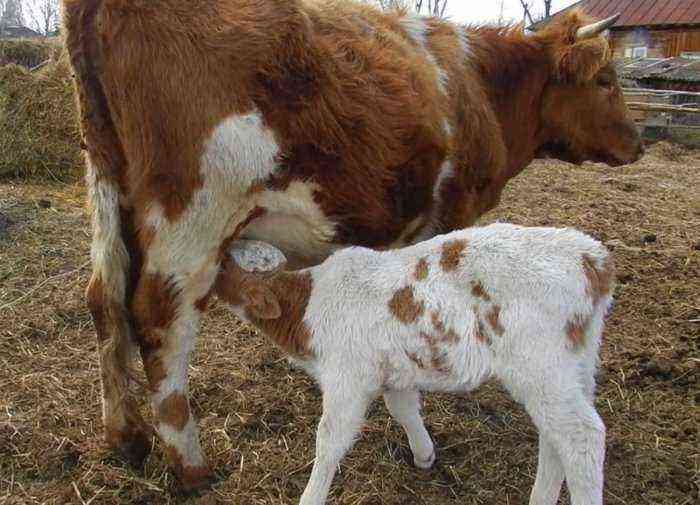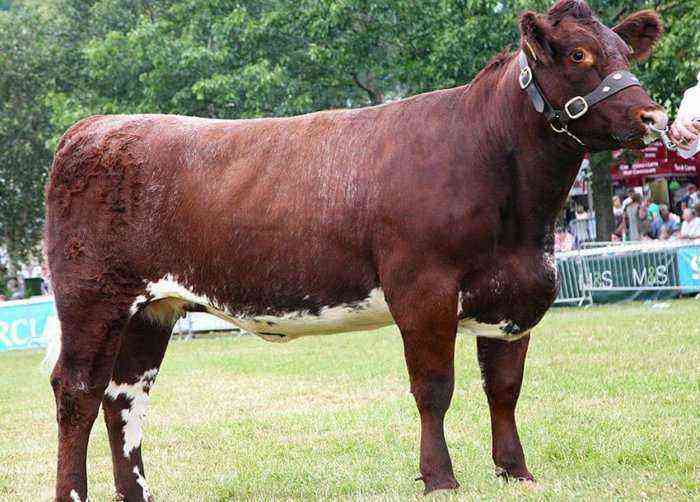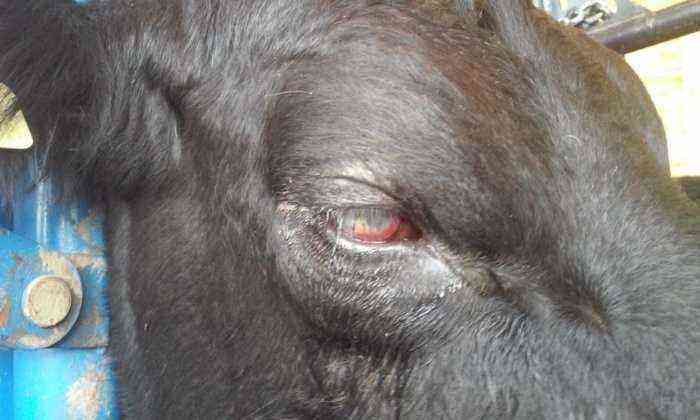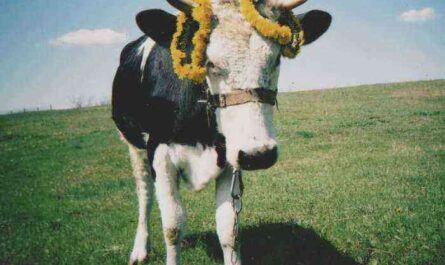Bluetongue in cattle is an infectious disease that affects the mucous membranes of the mouth and nose of the animal, the gastrointestinal tract and skeletal muscles. The disease is also known as bluetongue or bluetongue, as it is young sheep that are most susceptible to the virus.
Bluetongue of sheep
REFERENCE. The disease was first recorded in 1876 in the South African region, and already in 1905 the pathogen itself was identified – an RNA genomic virus from the Reoviridae family.
Signs of the disease and diagnosis
The incubation period for bluetongue in cattle is 7-10 days. However, recently there has been a tendency to increase the incubation period, in some cases it can be 30-40 days. After this period, the following signs of the disease can be observed in the animal:
- Increasing the temperature to 42°C. Typical for the first days of illness.
- Swelling of the mucous membranes, their redness, up to purple and dirty blue. The tongue protrudes from the mouth due to swelling.
- The appearance of a putrid odor in the mouth and foamy saliva. Discharge of pus from the nose.
- When viewed in the oral cavity, ulcerative foci are noted.
- The appearance of hemorrhages in the conjunctiva.
For the diagnosis of the disease, the available clinical signs, pathoanatomical changes, as well as special laboratory tests are used. The causative virus can be isolated using serological methods: enzyme immunoassay and neutralization reaction. When making a diagnosis, it is important to exclude diseases such as foot-and-mouth disease, smallpox, vesicular stomatitis, contagious pustular dermatitis, and a malignant form of catarrhal fever.
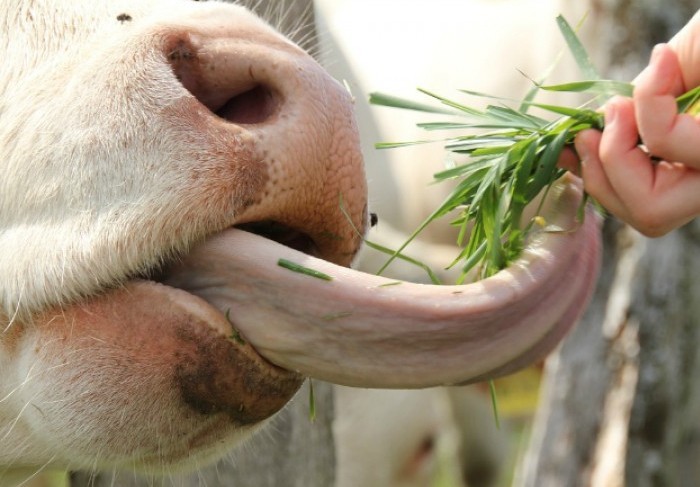
The tongue protrudes from the mouth due to swelling
Prevention
The main measure for the prevention of bluetongue in cattle is the use of a cultural vaccine, which gives stable immunity for 12 months. An ill animal has lifelong immunity and does not get sick again, however, it is possible to re-disease if it is affected by another type of virus. Bluetongue-immune bovine lambs have passive colostral immunity for up to 3 months after birth.
Bluetongue cattle has a high mortality rate. In stationary foci, it can be 10-30%, while in new territories, the loss of livestock from infection with the virus can reach 90%. That is why it is important to observe preventive measures and conduct a systematic fight against the carriers of the disease, which are biting biting Culicoides.
